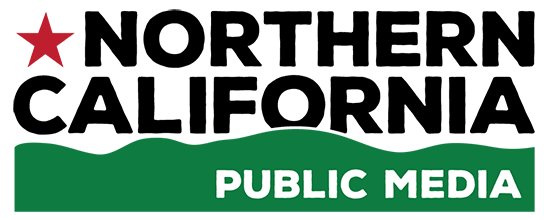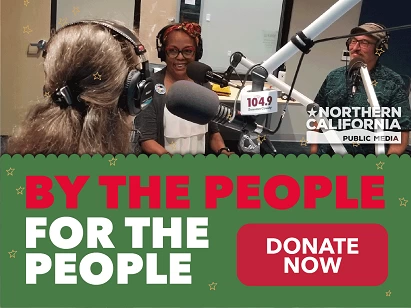 photo credit: Tina Caputo
photo credit: Tina CaputoJeff Bitter of Allied Grape Growers (center) participates in a Q and A
session at Unified Symposium.
2024 was a sobering year for the U.S. wine business, and industry experts don’t expect 2025 to be much better.
Wine is currently undergoing a significant reset after almost 30 years of growth.
Reports from Silicon Valley Bank and others show that demand declined last year across all channels—including restaurants, retail stores and direct sales through wineries.
While some industry groups are working to reverse the trend, experts say the wine category isn’t in for a rebound just yet.
“I've been labeled as a doom-and-gloomer,” said Rob McMillan, the author of Silicon Valley Bank’s annual State of the U.S. Wine Industry report. “But when you're an analyst and an industry leader, you kind of have to play it straight.”
The 2024 report painted a grim picture of shrinking demand, an oversupply of grapes and wine, anti-alcohol messaging, and a generational shift away from wine.
On average, U.S. wineries saw their revenues decline 3.4%.
“It was a little bit worse than 2023,” McMillan said. “People right now are just trying to figure out exactly where the bottom is.”
Not all sectors of the business had a tough year. McMillan noted that white wines were a bright spot, along with Prosecco and wines with low or no alcohol. Premium wineries saw sales declines overall, but the top performers saw 22% average sales growth.
Wineries that tend to thrive in hard times, he said, are the ones that aren’t blinded by the stars in their eyes.
“One of the issues that we deal with in the wine industry is that a lot of people just love wine,” McMillan explained. “The industry is wonderful, but it's complex. It's far more complex than most people grasp.”
One of its biggest problems is that grape production is outpacing demand.
At the annual Unified Wine & Grape Symposium last month, Jeff Bitter—the president of Allied Grape Growers in Fresno—called on California growers to pull out 50,000 acres of vineyards in 2025. That’s in addition to the roughly 20,000 acres they removed last year.
“The majority of acres that came out last year were in the interior,” Bitter said, “so we need some balancing effect—more so in the coastal areas now.”
He said it’s all about matching grape production with the new, lower demand for wine.
“We are looking at a situation where we've lost shipments for a few years now,” said Bitter, “and the question is, will those rebound to what they used to be? And I think the answer is no.”
That’s because wine’s main consumers—baby boomers—are aging out, Bitter said, and younger generations just aren’t as engaged with wine.
A recent study by the industry trade group Wine Institute offers some hope for the future. Their project involved in-depth interviews with Zillennials—consumers aged 25 to 45—to gain insights about their lives and their perceptions of wine.
“When we asked them about the way they see the world, it was so interesting for two reasons,” said Honore Comfort, the vice president of international marketing at Wine Institute. “The first was how remarkably consistent these conversations were. The second was because they became dark conversations so quickly.”
Participants talked about overwhelming financial and time pressures that kept them from spending time with the people they care about. Comfort said that’s actually good news for the wine industry, because bringing people together around a table is what wine does best.
“The impression of wine and what they see and understand about wine is all quite positive, but when we ask them, what we heard consistently was, ‘Well, it's just not for me yet,’” said Comfort. “The challenge is that wine is just not on their radar screen. We need to become a part of the way that they're engaging with the world.”
If wine can do that, the industry just might see a turnaround before McMillan’s projected timeline of 2030.

 Live Radio
Live Radio




